TRANSFIGURED NIGHT
15 Jan 2023, 7:30pm
Victoria Concert Hall Organised as part of the Light to Night Festival 2023



15 Jan 2023, 7:30pm
Victoria Concert Hall Organised as part of the Light to Night Festival 2023


Musicians of the SSO
LI HUAN ZHI
Spring Festival Overture (arranged for string quartet)
BORODIN
Selections from String Quartet No. 2
I. Allegro moderato
III. Notturno
LIU TIE SHAN & MAO YUAN
Dance of the Yao People (arranged for string quartet)
Chen Da Wei violin
Zhang Si Jing violin
Gu Bing Jie viola
Guo Hao cello
Transfigured Night (Verklärte Nacht) for String Sextet, Op. 4
Chan Yoong-Han violin
Sayuri Kuru violin
Marietta Ku viola
Hyunjae Bae viola
Yu Jing cello
Song Woon Teng cello
Lawrence Koh light painter
5 mins
2023: TRANSFIGURED NIGHT 15 mins 5 mins 26 mins
CONCERT DURATION: approximately 1 hour (with no intermission)
LI HUAN ZHI (1919 – 2000)
What do a Russian Jew, Hong Kong, Hokkiens, Chinese New Year, the Western orchestra, and the Shaanxi region of North-West China have in common? The question seems to imply a punchline, but the answer is a punchy piece of music beloved in the People’s Republic of China.
The story starts with Li Huanzhi, born in Hong Kong, British Empire, in 1919 of Hokkien (Fujian) parentage. Li studied in Hong Kong, Xiamen (Amoy), and Quanzhou, before enrolling in the National Music College in Shanghai in 1936, during the period of Republican China. In 1938 he moved to study in Yan’an, the ‘Red Capital’ as the Communist forces were centred there. After the founding of the PRC in 1946, he was appointed to the Central Conservatory at Beijing, among numerous other important posts.
During his time in Shanghai, he was strongly influenced by the ideas of Aaron Avshalomov, who with many other Russian-Jewish musicians who had fled Russian pogroms and revolution were responsible for training an entire generation of young Chinese in classical music, who in turn became leading musicians in contemporary China. ‘Chinese music’ had hitherto been a collection of separate genres that were only tangentially related: court, literati, opera schools of varying levels of refinement, folk etc—in other words,
‘Chinese classical music’ was only just developing, and debates raged over how ‘Western’ Chinese music should be. During his 30 years in China, Avshalomov opposed copying Western harmonies and construction as he felt this would risk losing the unique soul and character of Chinese music.
The result is the Spring Festival Overture, the first movement of a suite composed between 1955 and 1956, depicting the Chinese New Year in the Shanbei region. The raucous opening and closing are based on traditional tunes for the suona, the Chinese shawm so indispensable at all joyous occasions. The gentler middle section gives an old Shanbei New Year folk dance called the Yangge to the oboes and violoncelli, before strings take over.
Li was to spend several years in reeducation camps during the Cultural Revolution, and died in Beijing in 2000. He would have been thrilled to know that in 2007, the Overture was chosen to be broadcast into space by China’s first lunar probe satellite, Chang’e 1.
ALEXANDER BORODIN (1833 – 1887)
String Quartet No. 2
I. III. Notturno Allegro moderato
Russian composer Alexander Borodin was the illegitimate son of a Georgian prince and received a broad education, making him a precocious polyglot scientist and musician. A surgeon and doctor of medicine and chemistry, his ‘day job’ was professor of chemistry at the Imperial Medical-Surgical Academy in St Petersburg.
Wedding anniversary presents for the wife are a tricky business for any man, and in 1881, for his 20th wedding anniversary, he decided he would not do what he did best—organic chemistry. He turned to his hobby—writing music—and the result was his String Quartet No. 2, evoking the couple’s first meeting in Heidelberg, Germany.
The opening of the first movement is lyrical and delicate, with spinning melodies and swaying lines from the violoncello, Borodin’s own instrument, before passing it to the violin. The second theme, stouter than the first, features the same instruments but remains evocative, with the developments generating little tension, maintaining the warm serenity of nostalgia.
The third movement once again features Borodin’s cello in a love duet with the violin, in what is perhaps his most famous melody
(later recycled into ‘And this is my beloved’ in the 1953 musical Kismet). The middle section brings the violins into the fun, for a slightly more agitated section, before the final dénouement. Was this a depiction of his courtship? The reaction of his pianist wife Ekaterina Protopova is not recorded, but the work has certainly become a recording and concert favourite, and music lovers are certainly glad Borodin did not name a chemical reaction after her instead.
LIU TIE SHAN (b. 1923) & MAO YUAN (b. 1926)
Dance of the Yao People 瑤族舞曲
In 1951, Chinese composer Liu Tieshan, a teacher at the Central Conservatory in Beijing, went on an ethnomusicology trip to study and collect folk music from Northern Guangdong (Canton) province. Inspired by the music of the Yao people, he incorporated several of their melodies into his Long Drum Dance of the Yao People. In 1952, his colleague Mao Yuan orchestrated it for Western orchestra as Dance of the Yao People, and this has become one of the best known and most popular Chinese instrumental compositions of the second half of the 20th century.
It begins with a haunting melody full of yearning, before we meet a spirited dance. Rhythms and tempi vary throughout the piece, painting a vivid picture of rustic farmer life and the joys of simple country living—the piece was composed in the early years of Communist China, after all!
The sweeping grandeur and scale of the music has ensured its popularity, longevity, and frequent performance by both Western and Chinese instrumental ensembles. It has even been the source for several pop songs in both China and the USA, as well as the soundtracks to films and video games.
ARNOLD SCHÖNBERG (1874 – 1951)
Transfigured Night (Verklärte Nacht) for String Sextet, Op. 4
While the Austrian-German composer Arnold Schönberg is possibly best known for his revolutionary invention of the twelve-tone technique, his early work Verklärte Nacht (Transfigured Night) remains popular, as it has much more immediate appeal to audiences. Written in the short period of three weeks in 1899, shortly after meeting Mathilde Zemlinsky, sister of his teacher Alexander von Zemlinsky, the work was inspired by an 1896 poem of the same name, from a collection Weib und Welt (Woman and World) by German poet Richard Dehmel. Dehmel’s collection Weib und Welt caused a scandal, leading to a trial where the work was condemned as obscene and blasphemous and ordered to be burned. Nevertheless, then as now, any publicity was good publicity, and Dehmel became one of the foremost German poets of the pre-WWI era, with his words as inspiration or being set to music by Richard Strauss, Alma Mahler, Anton Webern, Carl Orff, and Kurt Weill.
The music, while tonal, shows rich chromaticism (an influence of Wagner), and is essentially a tone poem for string sextet, with five sections in a single movement, roughly corresponding to the five stanzas of Dehmel’s poem. The text depicts a couple walking in the woods by night, with the woman confessing that she is pregnant by another man. Having desired to be a mother, she sinned with a stranger, and now, having met her companion, feels despair and regret. The man consoles her, saying their love will transform the child as it has transformed him, and he will consider it his own. The night is thus transfigured and they continue to walk.
Zwei Menschen gehn durch kahlen, kalten Hain; der Mond läuft mit, sie schaun hinein. Der Mond läuft über hohe Eichen, kein Wölkchen trübt das Himmelslicht, in das die schwarzen Zacken reichen. Die Stimme eines Weibes spricht:
Ich trag ein Kind, und nit von dir, ich geh in Sünde neben dir. Ich hab mich schwer an mir vergangen; ich glaubte nicht mehr an ein Glück und hatte doch ein schwer Verlangen nach Lebensfrucht, nach Mutterglück und Pflicht - da hab ich mich erfrecht, da ließ ich schaudernd mein Geschlecht von einem fremden Mann umfangen und hab mich noch dafür gesegnet. Nun hat das Leben sich gerächt, nun bin ich dir, o dir begegnet.
Sie geht mit ungelenkem Schritt, sie schaut empor, der Mond läuft mit; ihr dunkler Blick ertrinkt in Licht. Die Stimme eines Mannes spricht:
Das Kind, das du empfangen hast, sei deiner Seele keine Last, o sieh, wie klar das Weltall schimmert! Es ist ein Glanz um Alles her, du treibst mit mir auf kaltem Meer, doch eine eigne Wärme flimmert von dir in mich, von mir in dich; die wird das fremde Kind verklären, du wirst es mir, von mir gebären, du hast den Glanz in mich gebracht, du hast mich selbst zum Kind gemacht.
Er fasst sie um die starken Hüften, ihr Atem mischt sich in den Lüften, zwei Menschen gehn durch hohe, helle Nacht.
Two people walk through a bare, cold grove; The moon races along with them, they look into it. The moon races over tall oaks, No cloud obscures the light from the sky, Into which the black points of the boughs reach. A woman’s voice speaks:
I’m carrying a child, and not yours, I walk in sin beside you. I have committed a great offense against myself. I no longer believed I could be happy And yet I had a strong yearning For something to fill my life, for the joys of Motherhood And for duty; so I committed an effrontery, So, shuddering, I allowed my sex
To be embraced by a strange man, And, on top of that, I blessed myself for it. Now life has taken its revenge: Now I have met you, oh, you.
She walks with a clumsy gait, She looks up; the moon is racing along. Her dark gaze is drowned in light. A man’s voice speaks:
May the child you conceived Be no burden to your soul; Just see how brightly the universe is gleaming! There’s a glow around everything; You are floating with me on a cold ocean, But a special warmth flickers From you into me, from me into you. It will transfigure the strange man’s child. You will bear the child for me, as if it were mine; You have brought the glow into me, You have made me like a child myself.
He grasps her around her ample hips. Their breath kisses in the breeze. Two people walk through the lofty, bright night.
(tr. Stanley Appelbaum)
Programme notes by Edward C. Yong
CHAMBER
LOVE IS IN THE AIR
Sun 12 Feb, 4pm
Musicians of the SSO
CHAMBER
SCHUBERT’S PIANO SONATAS WITH PAUL LEWIS
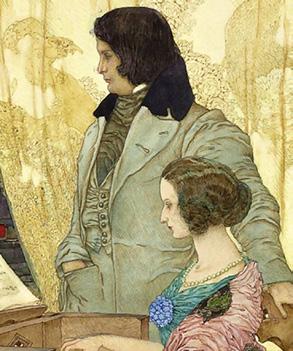
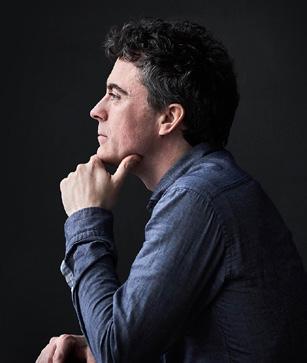
Sat 18 Feb, 7:30pm
Paul Lewis piano
ORGAN
DANIEL MOULT — ORGAN RHYTHM

Sun 5 Mar, 4pm
Daniel Moult organ
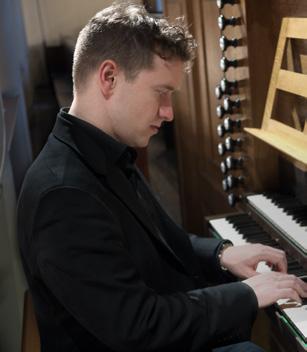
INTIMATE
THE TALES OF YU JING
Wed 15 Mar, 7.30pm
Thu 16 Mar, 7.30pm
Yu Jing narrator Jin Ta music arranger Zhang Heyang presenter Musicians of the SSO
Featuring conversations in Mandarin only
ORGAN
FAREWELL CONCERTO
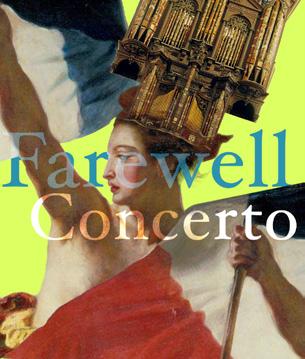
Sat 15 Apr, 7.30pm
Koh Jia Hwei organ re: mix ensemble Foo Say Ming Music Director
CHAMBER
SCHUMANN QUARTET – DEBUSSY, JANÁČEK & BRAHMS
Wed 10 May, 7:30pm
Schumann Quartet Musicians of the SSO
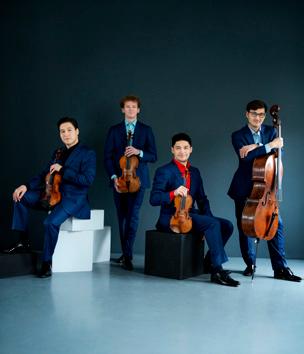
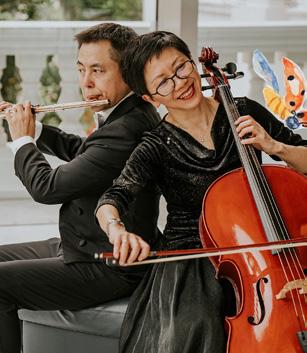
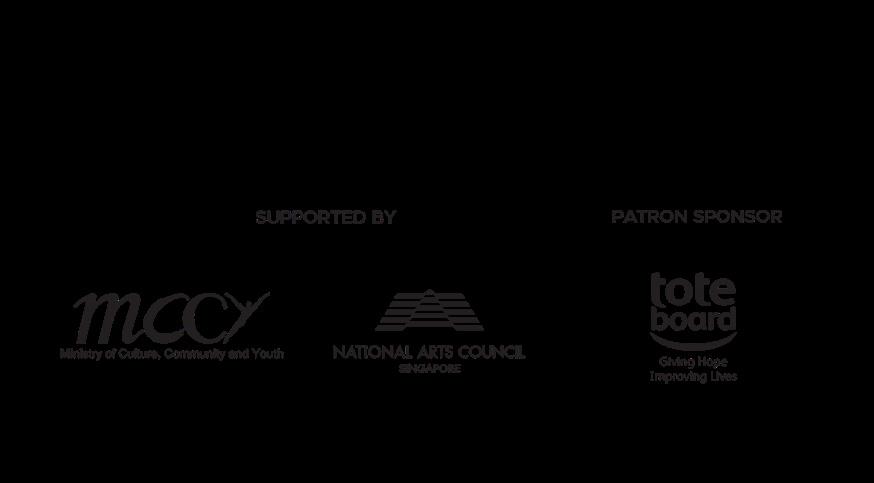
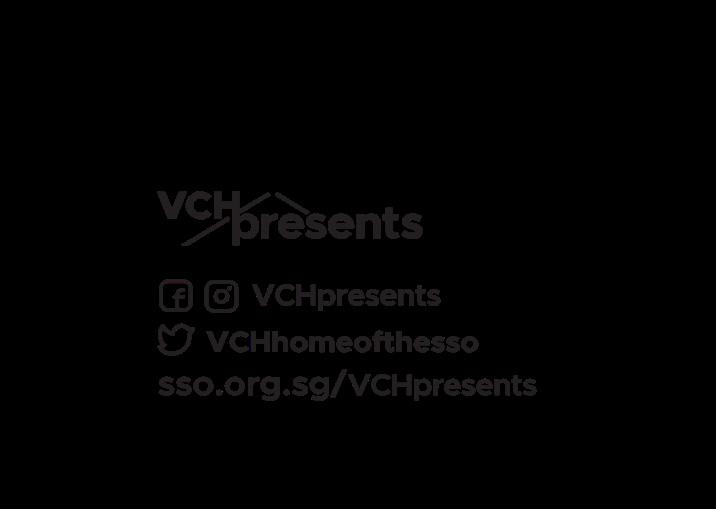
Founded in 1979, the Singapore Symphony Orchestra (SSO) is Singapore’s flagship orchestra, touching lives through classical music and providing the heartbeat of the cultural scene in the cosmopolitan city-state. Our Music Director is Hans Graf. While the SSO performs frequently at the Esplanade Concert Hall, for a more intimate experience, we return to the place of our beginnings, the Victoria Concert Hall (VCH) - the home of the SSO. The VCH is host to our popular Children’s Family and biannual free Lunchtime Concerts as well as our VCHpresents chamber series.
 HANS GRAF Music Director
HANS GRAF Music Director